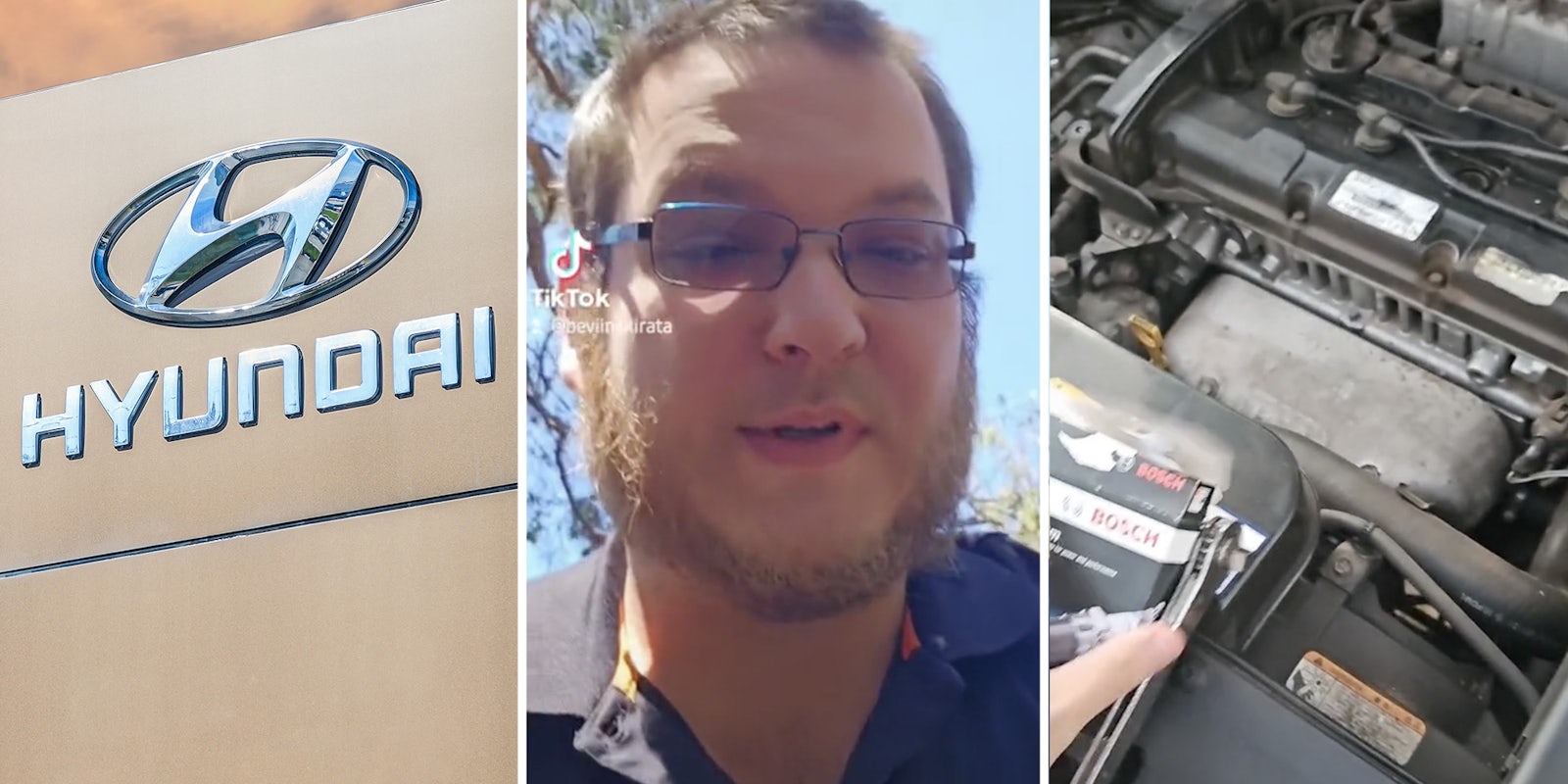In a TikTok video by Beviin @beviinskirata, an intriguing aspect of Hyundai vehicles sold in Australia came to light, sparking a conversation about the presence of “check engine lights” in cars. According to the user, a discovery was made through the owner’s manual while changing spark plugs on a Hyundai Tucson due to a misfiring issue. It was revealed that the previous vehicle owner had allegedly opted not to have the “check engine light installed,” suggesting this was an optional feature on specific Hyundai models.
This revelation raises questions about vehicle safety standards and consumer awareness regarding the importance of the check engine light.
“I mean no light; no fail inspection,” joked one commenter. “can’t have a problem if it doesn’t say there is one,” he replied. “First mistake: buying a Hyundai Tucson,” joked another person.
One person noted, “I’m actually surprised it’s legal to sell a car without a CEL (or others).” Breviin replied, “you ain’t alone. borrowed a long ratchet from my FIL who’s a mechanic and he couldn’t believe it till I showed him.”
The check engine light is a critical component of a vehicle’s onboard diagnostic system, illuminating to alert the driver of potential issues affecting the car’s performance or emissions. In the United States, this light is mandated by federal law, as per the Environmental Protection Agency (EPA) regulations, to ensure vehicles meet specific emission standards. The light can indicate various issues, ranging from a loose gas cap to more severe problems, such as a failing catalytic converter or a malfunctioning oxygen sensor. Neglecting these warnings can lead to decreased fuel efficiency, higher emissions, and possibly costly repairs.
The absence of a check engine light in some Hyundai models in Australia, as mentioned by Beviin, brings to light the differences in automotive regulations between countries. In Australia, all vehicles manufactured after Jan. 1, 2006, must be OBD II compliant, including having an OBD II connector and a note under the hood stating “OBD II compliant” or “OBD II Certified.” However, this does not explicitly require the installation of a check engine light, leaving room for manufacturers to decide on its inclusion. Moreover, knowing whether manufacturers are skirting OBD II compliance is difficult.
This situation underscores the importance of consumer knowledge and vigilance when purchasing a vehicle. Understanding the features and safety mechanisms installed in a car, including the check engine light, is crucial for maintaining the vehicle’s performance and ensuring the safety of its occupants. It also highlights the need for uniform automotive safety and diagnostic standards across different countries to prevent discrepancies that could compromise vehicle safety and environmental protection.
The discussion initiated by Beviin’s TikTok video sheds light on the complexities of automotive regulations and the significance of the check engine light as a fundamental safety feature. It reminds consumers to be informed and proactive about the features and safety standards of their vehicles, regardless of where they are purchased or manufactured.
@beviinskirata there’s cheap, then there’s Aussie cheap apparently #fyp #why #whyjustwhy #automotive #fixing #engine #cartok #diyrepair #cheap #cheappeople #wereallmadhere #emstok ♬ original sound – Beviin
The Daily Dot contacted @beviinskirata and Hyundai for comment.
The internet is chaotic—but we’ll break it down for you in one daily email. Sign up for the Daily Dot’s web_crawlr newsletter here to get the best (and worst) of the internet straight into your inbox.


